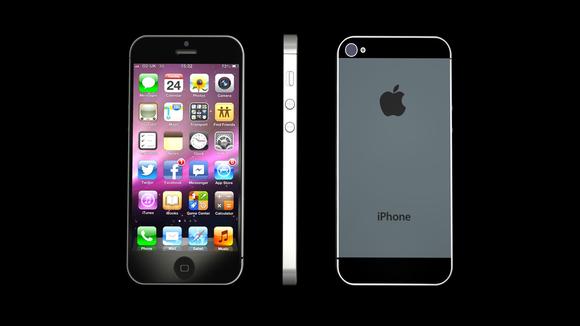Summer is over, holidays have been taken, Olympics and Paralympics have been watched and attended. After my hiatus, I’m back and feeling refreshed and raring to go. I hope you are too?
A Triumph of Marketing
As I sit here writing this blog, the tech world and many consumers are digesting the announcement of the latest Apple handset, the iPhone 5. Whether you are an Apple fan, or prefer other options such as Android, Blackberry or the nascent Nokia Windows Mobile range, it’s difficult to ignore an update from the company that has done more than any other to popularise the use of smartphones.
If you’re a regular reader you’ll know that I’m firmly in the Android camp, as I like the flexibility it offers (widgets, alternative launchers, custom ROMs, etc) over an iOS device, as well as the tight integration with the Google ecosystem. As a result, whilst there are significant power increases in the iPhone 5 over it’s predecessor, the 4s, many of the changes proclaimed so loudly in yesterday’s launch have been available in the Android world for months if not years.
Bigger screen? Check. Panoramic photos? Check. Turn-by-turn navigation? Been using it for years.
You get the picture…there’s little that’s revolutionary in Apple products these days.
And yet, they continue to sell like hot cakes, and at a premium price too. How come?
(I realise I haven’t mentioned websites yet. Don’t worry, I’m getting there!)
The power, and risk, of market position
Back with the original iPhone, Apple took a lot of good ideas already out there (it really wasn’t the first smartphone, whatever Apple fan-boys say) and made it work. Properly. In a friendly way. There was lots of innovation in making it happen, for a start no-one had figured out how to do a touch interface properly before. But the real genius was making it desirable to the public, and a big part of that achievement was the design. Seen as iconic now, the design has evolved over the years whilst still retaining much of the original style cues.
Thus people feel comfortable moving from one iteration of the iPhone to the next. It looks pretty much the same, it feels pretty much the same, but under the skin it’s better. Changing it significantly would change the Apple ecosystem dramatically and put their future sales at risk. Of course it will have to change eventually, but you can be sure that Apple will manage that change carefully.
The Risk of Changing Your Website
Similarly, your website will hopefully have built up a position of relative strength over time. Compared to direct competitors, you will hopefully be doing well in search results for appropriate terms (if not, then that’s another reason to refresh) and will be converting an acceptable proportion of those visitors to enquiries or sales. So why refresh? Actually, there are a number of reasons.
- Your competitors are innovating
Just like Apple has Android, Windows Mobile and Blackberry (among others) constantly innovating in order to grab market share and more profit, your competitors are probably working out ways in which they can grab a bigger slice of the market in which you operate. - Browsing habits are changing
People are using mobile devices (phones and tablets) more and more for browsing purposes. Whereas a year or two ago this particular niche could be safely ignored, now you are risking losing a very significant percentage of your website traffic if you do not make your website mobile-friendly. - You might convert more visitors using multimedia
If you’re not already using audio or, especially, video on your site to promote your products or services then you may be missing a trick. Video is seen as a great way to demonstrate products, provide testimonials, and much more. - Social media is impacting more and more
In the last couple of years, websites have gone from being almost the only online presence for many companies, to being the hub of a range of services. The advent of social media in the form of Facebook, Twitter, LinkedIn and now Google+ has made it important that a consistent brand and message is presented across all customer touchpoints.
Whilst there is a risk in changing your website, the risk to your business is far higher if you leave it as it is for a long time. Let me leave you with a quote that rings as true today as it did when written.
“Whosoever desires constant success must change his conduct with the times.”
Niccolo Machiavelli
Note: edited to remove spelling mistakes.

Great observations showing reasons to refresh websites. If businesses still have any doubts there’s a simple test to do …
Type a search phrase (that you want to be visible under) into Google and see which competitors appear. Then look at each of those websites and find elements within them that make you think “that’s stronger than what we’ve got on our website”. Then speak to your web developer to get their input on how things can be strengthened. Also, if you see things on competitor websites that you don’t understand how to get the best out of (e.g. various social media buttons), then again, speak to your web developer to get their input. They’ll often be happy to give you a bit of free advice.